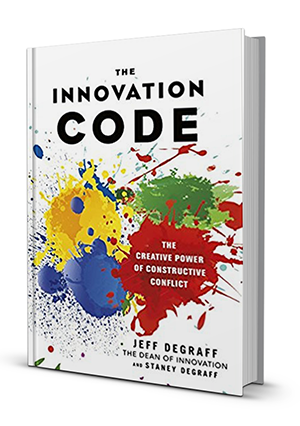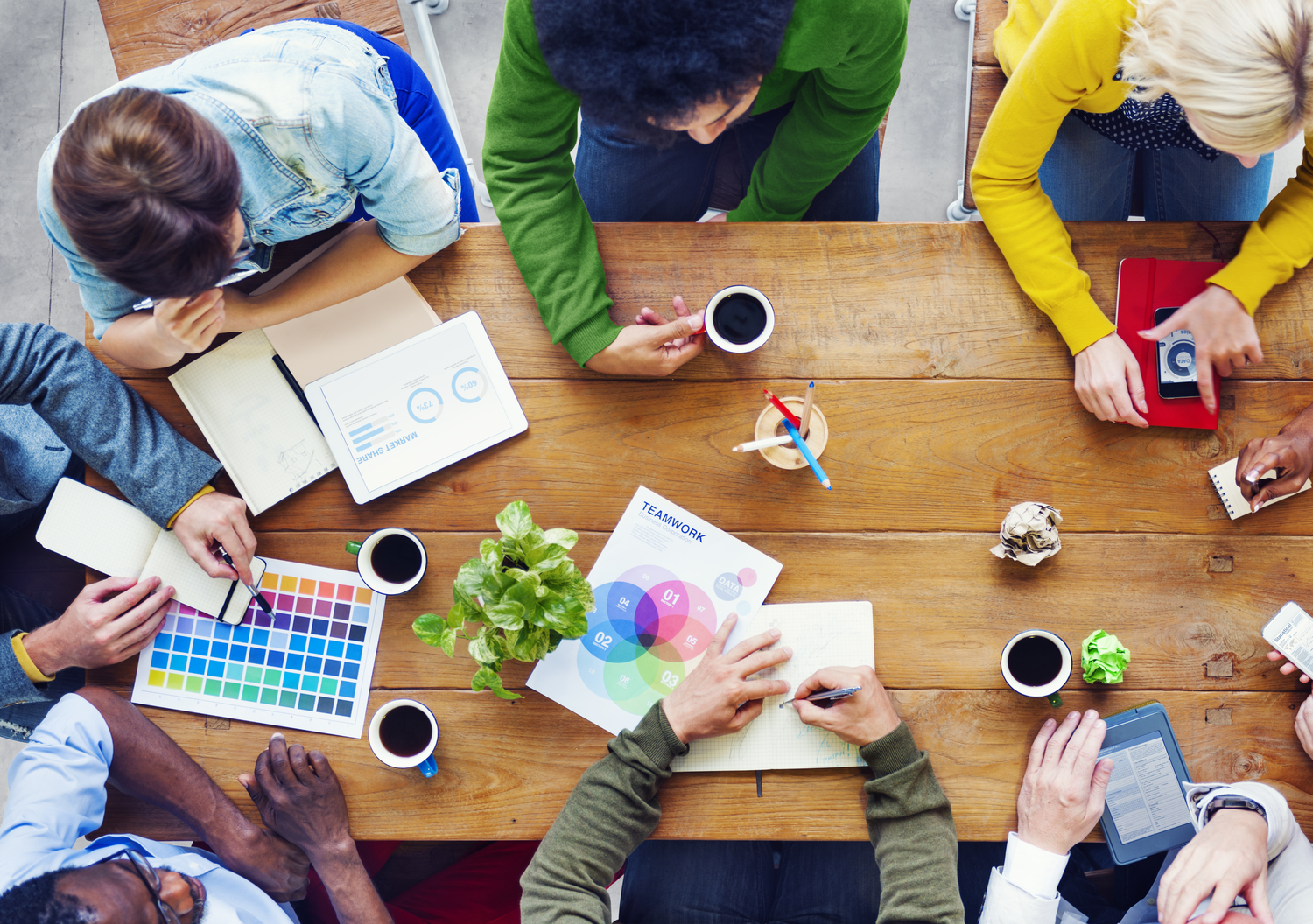The greatest misconception about innovation and creativity is that they can be generated on demand. Creativity will never be an item on a pull-down menu you can click to activate when you need it. But that doesn’t mean you should just sit around waiting for a creative impulse.
In a world where a single touch on a screen can bring us any service or product imaginable whenever we want it, creativity still runs at its own pace. It’s the one thing we’ll never be able to get on-demand: the spark of inspiration that puts us into a creative mindset. Even the most brilliant artists and writers don’t decide when they are at their most creative. Rather, they understand the internal and external dynamics that shape their productivity and adjust their processes accordingly.
There are times of the day, outside of our control, when we enter states of being conducive to intense creativity. These are called flow states, famously identified and described by University of Chicago psychologist Mihaly Csikszentmihalyi. Some of us work best early in the morning, while others come up with their greatest ideas late at night. But just because we’re slaves to our own biorhythms when it comes to achieving the perfect innovative state of mind, doesn’t mean we can’t control our own creativity habits. Here are three things you can do to facilitate and take advantage of your flow states:
Build flow states into your day. Incorporate breaks for reflection and rest in your everyday work habits. Even brief periods of relaxation–a pause for meditation or a short nap–can encourage creative behavior. Try closing your door and putting your head down on your desk for fifteen minutes. You’ll emerge recharged, rejuvenated, ready to look at your world anew.
Get up and go outside. Just as regular relaxation is a proven catalyst for creativity, so too is stimulation. Goethe and Kant used to take afternoon constitutions–midday walks to break up their thinking and writing. Energizing yourself and getting adrenaline pumping is a great way to reset and see a problem from a fresh perspective. It’s not about merely performing these stimulation or relaxation activities. It’s about understanding the rhythms of your flow states and seeing where and how these exercises can enhance them.
Recreate the environments you’re most creative in. Once you become attuned to the environmental factors that trigger your creativity, you can recreate them and integrate them into your natural workspace. Whether it’s sunlight or darkness, cool spaces or warm spots, music in your earbuds or total silence that gets your creative groove going, find it and capture it. These minor adjustments in ambience can make a major difference in your innovation flow.
Creativity will never be an item on a pull-down menu you can click to activate on-demand–creativity demands you. That doesn’t mean you should just sit around waiting for a creative impulse. You may not be able to control the arrival of your flow state, but you can build your routine around it. This way, when it does come, you’ll be ready for it.
I go more into detail on my blog. You may also want to take a look at this YouTube video about the myth of creativity on demand.
Originally published on Quora.

Unleash your creativity
Discover the power of constructive conflict and how it can help foster innovation. By reading The Innovation Code, you will learn how to harness tension and transform it into positive energy to successfully implement your innovation projects.
